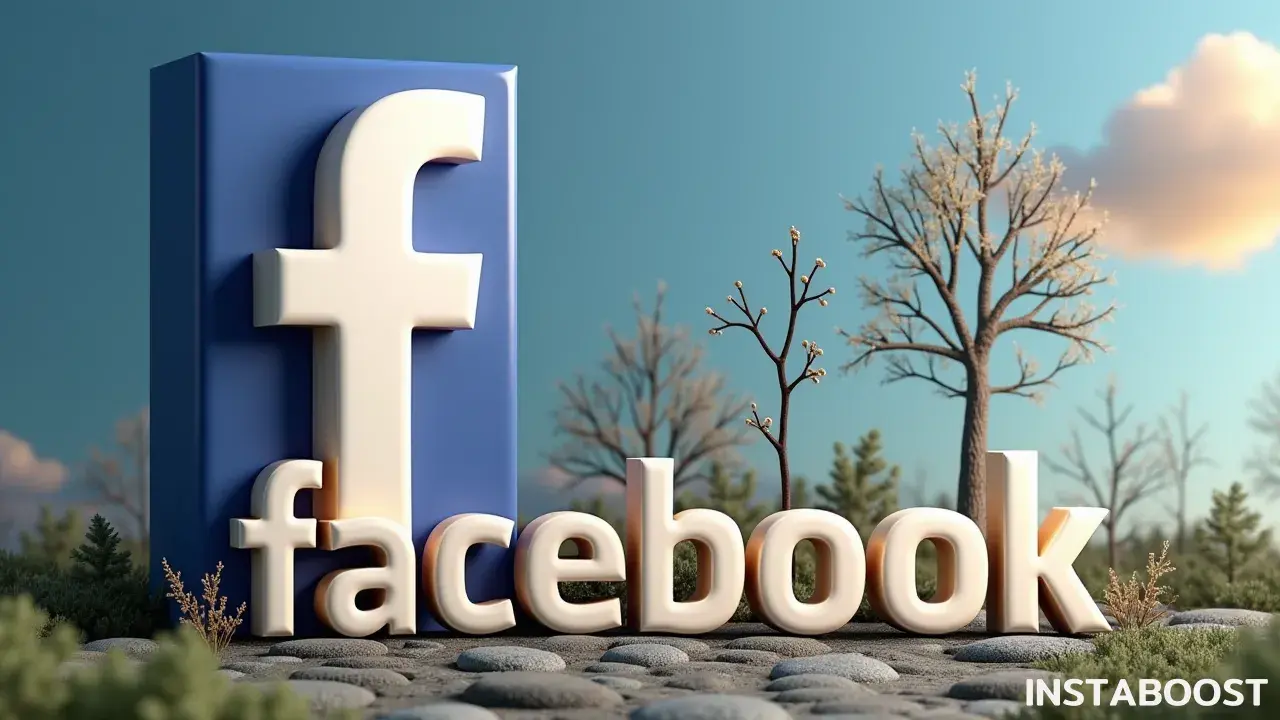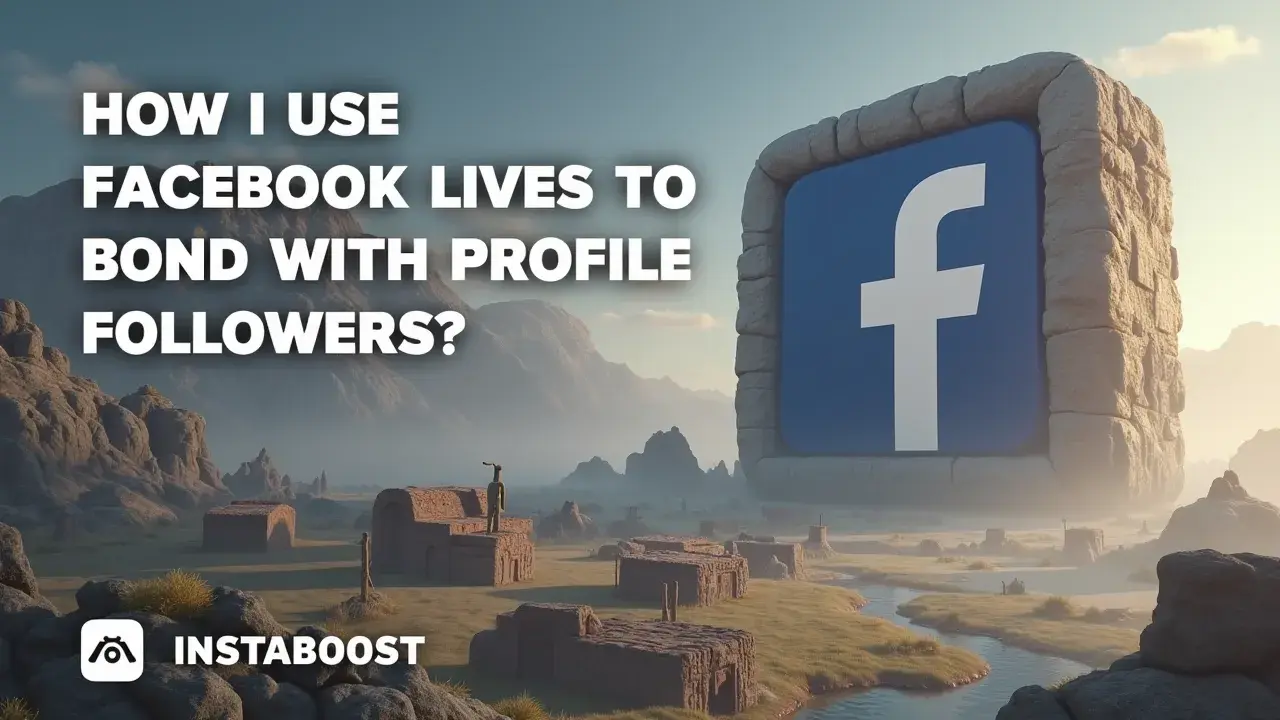How To Use Facebook Lives To Bond With Profile Followers?
Facebook Lives can nurture closer connections by showing real moments and inviting direct interaction. Consistent scheduling, clear topics, and active chat responses help conversations feel two-way and authentic. Overlong streams or unfocused topics can dilute interest, but concise sessions with prompts, shout-outs, and quick follow-ups keep energy high. Track viewer comments and repeat engagement to refine format and timing for stronger bonds over time.
Why Facebook Lives Became My Bridge to Real Connection
I used to see Facebook Live as just another way to post updates – like tossing out an announcement or hoping people would catch it while scrolling. But it didn’t take long to realize it isn’t much like a regular post. When you go live, you’re there in the moment – no chance to edit or start over.
After a while, I stopped thinking of it as something to perform, and more like leaving the door open for people to drop by. That seemed to shift things. People who usually stayed quiet started popping up in the chat, asking questions, sharing bits about themselves, sometimes even bringing up things from weeks back.
After a while, I stopped thinking of it as something to perform, and more like leaving the door open for people to drop by. That seemed to shift things. People who usually stayed quiet started popping up in the chat, asking questions, sharing bits about themselves, sometimes even bringing up things from weeks back.
It felt less like having an “audience” and more like actually talking with people. I guess a lot of us are worn out by endless videos and just want a place to join in, not just watch. There are plenty of ways to share and promote your Facebook content, but I’ve found these live sessions aren’t really about chasing numbers. It’s more about being there with whoever shows up, listening, and letting the conversation go where it goes.
Sometimes that just means chatting about something small that happened, or following a question wherever it leads. It doesn’t always feel neat, but it seems more real than most things online.
Sometimes that just means chatting about something small that happened, or following a question wherever it leads. It doesn’t always feel neat, but it seems more real than most things online.

How Facebook Lives Built My Credibility – One Stream at a Time
When I first started going live on Facebook, I wasn’t thinking much about building an audience or proving anything – I just wanted to talk about things that interested me and see who might listen. As I kept doing these unscripted lives, I noticed people seemed to engage differently. Instead of just quick reactions or a thumbs up, the comments turned into actual questions and stories. It struck me that all the time I’d spent on polished posts or paid ads never really led to that kind of back-and-forth. When you’re live, there’s no editing, so people saw everything, even the mistakes or awkward pauses.
I guess that made it easier for them to relate. So much online feels planned out, so watching someone talk without much of a filter stands out, even if it’s a bit rough. It’s not just about being “authentic” – being live means you have to respond in real time, even if you’re unsure. People seem to notice that, especially since so much online is automated or scripted. I’d seen suggestions about ways to buy Facebook page subscribers, but honestly, none of that felt like it built trust the way just showing up did.
Over time, I saw people sticking around longer and joining in more, even when I started running ads or working with brands like INSTABOOST. I think maybe they were okay with those changes because they’d already seen me talking live, without much pretense. Looking back, those off-the-cuff sessions probably did more for building trust than anything else I tried
From Tactics to Worldview: Crafting a Facebook Live Strategy
For a while I figured the main thing was just finding ways to get more engagement – timing my Facebook Lives for when the most people were around, picking topics that seemed likely to get a lot of comments. But after a bit, I noticed that only got me so far. When I stopped to think about why I was actually doing these live streams, it started to feel different. I paid less attention to making each one an announcement and more to how it could feel like a conversation between people who were starting to recognize each other. Instead of focusing on the stats, I started noticing the people who kept showing up.
I tried to remember their names, mention things they’d brought up before, and reply in the moment rather than just following my notes. Sometimes I’d leave space for questions, even if it took things off track. There are always guides out there about how to get Facebook post popularity, but over time this shifted how I approached everything.
The numbers didn’t always change much, but I’d see the same names pop up in the chat, people coming back week after week, sometimes bringing friends or referencing something from a previous stream. Made me think strategy wasn’t really about chasing the algorithm. It was more about making a spot people actually wanted to come back to, not just for updates, but because it felt like they kind of belonged there.
When “More Engagement” Misses the Point
For a while, I tried to stick to every bit of advice I could find about Facebook Live – going live at times when most people were online, picking topics that seemed likely to get clicks, testing whatever new tip people said would help. The numbers did go up, but the more I paid attention to them, the less I actually felt like I was reaching anyone. I’d notice more comments, but they were usually just quick reactions or a few words, not much you could have a real conversation around.
There were even moments when I wondered what it would feel like to buy story reach for Facebook, just to see if it made any difference, though that always felt beside the point. After a while, I realized I had to step back and really think about what I wanted from these sessions. Was I just trying to keep up with the algorithm, or did I actually want to know the people watching? I had to admit that high engagement isn’t always a sign of trust or real connection. Focusing on likes and reach made it easy to overlook the quieter things – like when someone comes back every week, or shares something personal in a message, or even just asks a thoughtful question.
I started paying more attention to those moments, and let myself slow down instead of always pushing for more activity. Sometimes the best part of a session was when things got quiet enough for someone to open up, or when I could actually respond to someone’s story instead of rushing to the next topic. I’m starting to see that building credibility isn’t about finding the next trick to boost your metrics, but about being present and honestly interested in who’s listening. Most of the time, that looks a lot smaller and quieter than the advice makes it seem.
Turning Action Into Authentic Connection
I’ve noticed that whenever I feel that urge to speak up, it usually means I should. Some of the best times I’ve had with people on my Facebook Live sessions happened when I stopped worrying about saying the right thing or having all my facts lined up, and just stepped in as things came up. For example, I might have planned to talk about something specific, but if someone who shows up regularly asks a question, I’ll go with that instead.
Sometimes the comments will pull the conversation in a totally new direction, and I’ll follow along because that’s where everyone’s attention is. Those moments are when it feels like a real exchange, since people can tell I’m actually paying attention, not ticking off a checklist. The more I’ve leaned into this way of doing things – less planning, more showing up as I am – the more people seem to relax and open up, too. It becomes less about “boosting engagement” and more about actually talking with the people who are there, even if there aren’t that many. I’ve found the same thing can happen when you share your Facebook reels more, where the real connection comes from being present rather than pushing for numbers.
I think if you want to get better at Facebook Live, it helps to let go of the idea that success is about numbers or tricking the algorithm. Real connection grows every time you answer a question on the spot, adjust your plans, or simply listen. That’s where you start to notice that people aren’t just “followers” anymore, and the whole thing feels a little more worthwhile.















